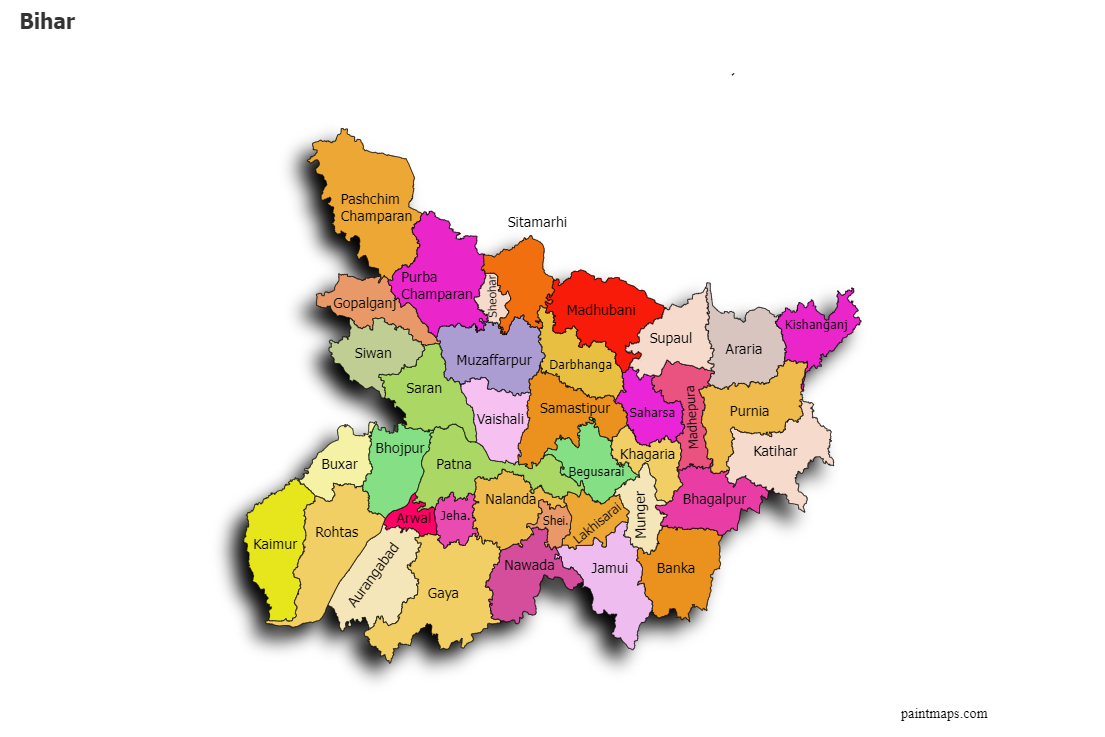
You can color-code each parent node for better clarity to easily trace how ideas are related to each other.Link the concepts together with arrows - make sure to add linking words or phrases to explain how concepts are related.Begin to draw the map keeping the focus question at the center and the related topics branching out from it.

Create a ‘parking lot’ of ideas- which is a list of related topics that are ranked from the most specific to the most general concepts.

Now identify all the key concepts that are related to this focus question.Begin by identifying the focus question- which is the problem your concept map is trying to solve.Creately’s concept map maker provides a collaborative workspace that is perfect for creating concept maps in any collective group session. First, select the right platform to create a concept map, you need a space where you can easily move ideas around and reorganize concepts.Concepts or ideas are represented by nodes- usually in circles or boxes and relationships are represented by arrows that connect the ideas together. To avoid cluttering your map with labels, you may want to include a legend for markers, colors, and pins to help guide its users.A concept map is a visual tool that represents how ideas and concepts are related to each other. It may even be enough to indicate an arrow pointing north and leave off the other directions. A compass lets other users know which way north is located on a map. If needed, color areas of the map to indicate differences whether that be sales territories, areas affected by a disease or the habitats of different animals. These are included in SmartDraw's custom map libraries and you can easily stamp and drag-and-drop them to your map. Use text and graphics (such as push pins, arrows, and other symbols) to label the map with key information. SmartDraw offers map outlines from all over the world. Not all layers contain legend information. The legend appears in a new pane and displays information about each layer that is visible at the current map scale. On the Contents (dark) toolbar, click Legend. SmartDraw makes creating maps easier with the help of lots of included templates you can customize with colors, logos, pins and more. To view a map's legend, do the following: In Map Viewer, find and open the map with the legend you want to view. Watch this quick tutorial on creating a sales map. You may want to showcase your company's sales territories or data about expansion or branch locations. To represent data specific to your organization. However, you may find yourself needing to use a map You probably don't need to recreate a map of any general geographic location.

Objects closer to the poles appear larger than objects near the Equator. It's a cylindrical map projection that creates a rectangle shaped version of Earth but distorts the size of the continents. It is named after its creator, a Flemish cartographer named Gerardus Mercator. Mercator is the map of the globe most people are familiar with. These are created using different projections of the whole or part of the Earth's sphere. Most maps used in presentations however have to be flattened to be useful.

Maps can also illustrate where shops are located in a mall, how subway lines crisscross a city, what hiking trails are available in a park, and the layout for a historic battle.Ī globe is probably the most accurate map we have of the Earth. These maps are called sales territory maps. Maps are also commonly used to outline territories in sales and marketing. For example, imagine trying to illustrate the countries where your company has resellers or the cities your airline has routes to. These maps are often less realistic and more symbolic of the areas they represent. Maps can also be used in presentations to illustrate or educate. Without these maps we'd be lost just as our ancestors would have been without their hand-drawn directions. You're probably familiar with digital maps used by GPS devices and phones for navigation. Its main job is to show where things are located in relationship to one another. A map is a scaled and flattened visual representation of a larger geographical area showing topographic details, buildings, and roads.


 0 kommentar(er)
0 kommentar(er)
